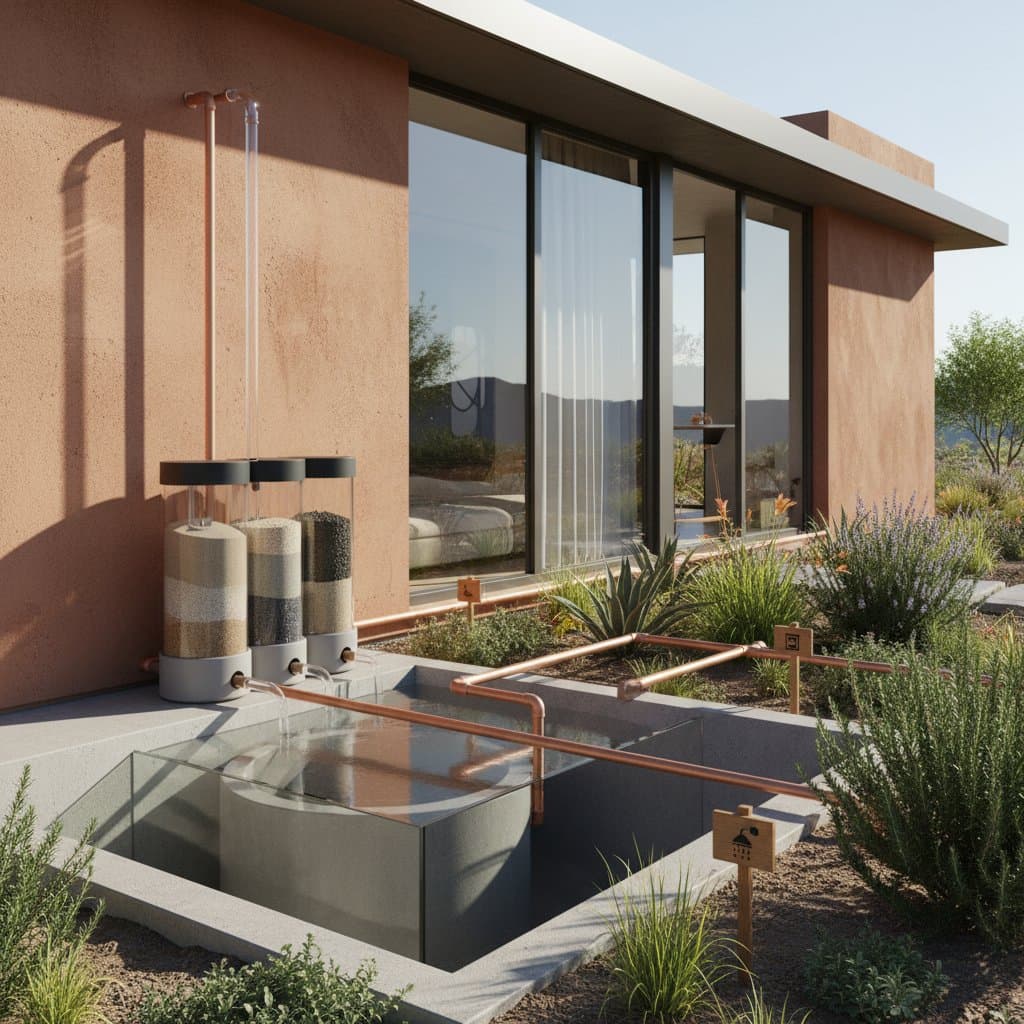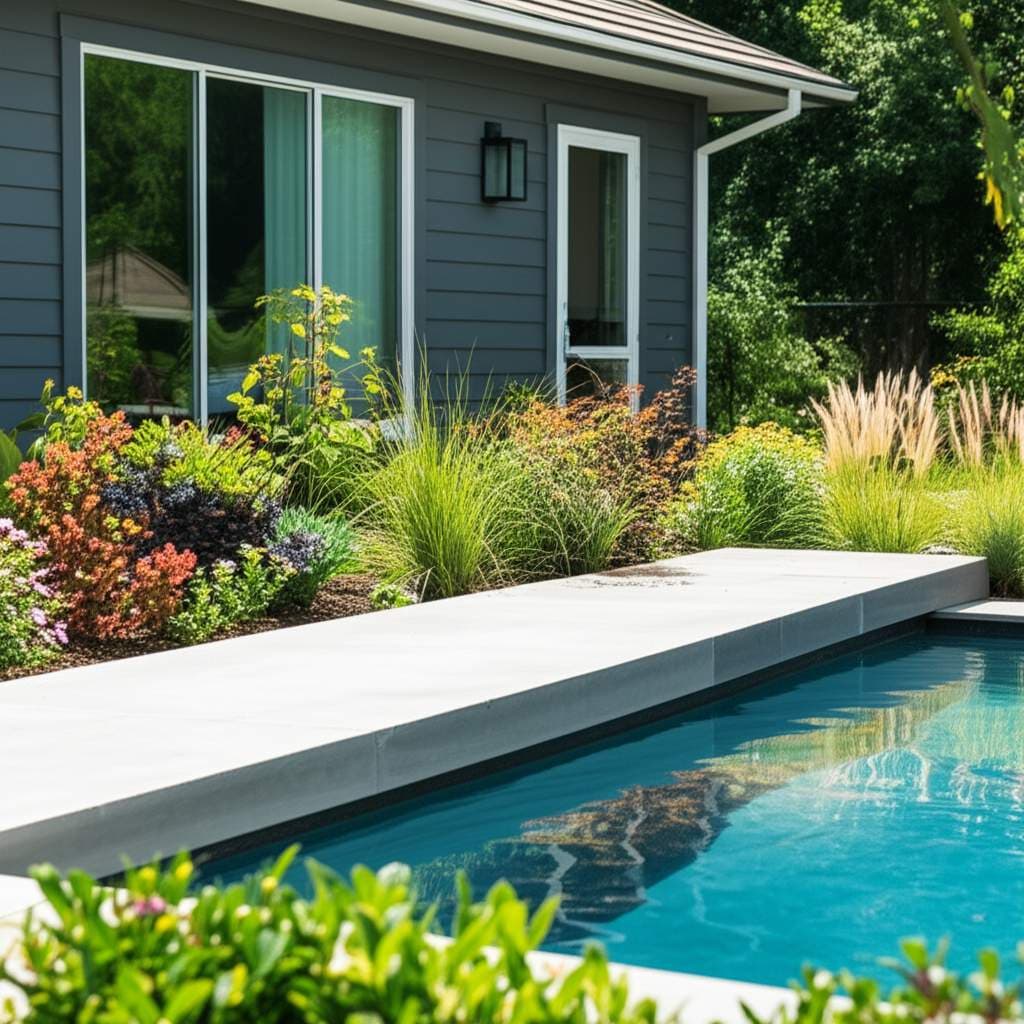Air-to-Water Systems: A Game-Changer for Home Water Security
Atmospheric water generators, often referred to as AWGs, have evolved from experimental technology into practical solutions for residential use. These innovative systems extract clean, drinkable water directly from the air, offering homeowners a path to independence from municipal supplies or bottled alternatives. With options ranging from compact countertop models to comprehensive whole-home setups, this technology addresses water scarcity, sustainability, and personal resilience in a world of increasing climate challenges. Let us explore why air-to-water systems are becoming a viable choice for households in 2025.
The Growing Need for Air-to-Water Solutions
Water security is no longer a distant concern but a pressing reality for many. Rising utility costs, aging infrastructure, and recurring droughts push families to seek reliable alternatives. AWGs provide a direct solution by harvesting moisture from the surrounding air, transforming it into pure drinking water through advanced filtration and condensation processes. This approach not only reduces dependence on external sources but also cuts down on plastic waste from bottled water, aligning with broader environmental goals.
Beyond practicality, these systems offer financial benefits over time. Households spending substantial amounts annually on bottled water or facing high municipal rates can recover their initial investment within a few years. More importantly, AWGs ensure access to safe water during emergencies, such as supply disruptions or natural disasters, making them a strategic addition to modern homes.
Exploring Home Air-to-Water Options
The diversity of AWG systems means there is a fit for nearly every household, depending on water needs, space, and budget. Here are the primary categories available today.
Compact Countertop Models
- Daily Output: 2 to 5 gallons
- Price Range: $1,500 to $3,000
- Ideal For: Small households, apartments, or as a supplementary source
- Advantages: Easy to set up with no plumbing required, highly portable for renters or travelers
- Limitations: Higher cost per gallon produced and limited volume for larger families
Mid-Range Family Units
- Daily Output: 10 to 20 gallons
- Price Range: $5,000 to $10,000
- Ideal For: Families needing consistent water for drinking and cooking
- Advantages: Balances capacity and cost, reduces reliance on store-bought water, offers solid return on investment
- Limitations: Requires dedicated space and basic installation knowledge
Whole-Home Integrated Systems
- Daily Output: 30 to over 100 gallons
- Price Range: $12,000 to $30,000 or more
- Ideal For: Complete water independence, off-grid lifestyles, or high-demand households
- Advantages: Scalable to meet all needs, often compatible with solar power, maximizes resilience
- Limitations: Significant upfront cost, professional installation, and regular maintenance needs
Key Factors in System Performance
Industry experts stress the importance of matching a system to your specific circumstances. Overbuying capacity can inflate costs unnecessarily, while underestimating needs may leave you short on supply. Maintenance also plays a vital role: filters need replacement every 6 to 12 months, tanks require periodic cleaning, and larger systems may benefit from professional servicing to maintain water purity.
Climate conditions further impact efficiency. In humid areas, AWGs operate at peak performance with lower energy use, while arid environments demand advanced models with desiccant technology to extract sufficient moisture. For colder regions, placing units indoors where air remains warmer helps sustain production. Additionally, local regulations may dictate installation requirements, so verifying compliance with municipal codes is essential before committing to a system.
Addressing Common Concerns
Homeowners often have questions about the practicality of air-to-water systems. Small units typically suffice for basic drinking and cooking needs, while larger setups can support broader household demands, with output varying based on humidity and model specifications. Safety is rarely a concern, as most AWGs incorporate multi-stage filtration and sterilization processes that often surpass bottled water standards.
Even in dry climates, modern designs ensure functionality, though energy costs may rise due to lower moisture levels. Maintenance remains straightforward for smaller models, involving routine filter changes and cleaning, while integrated systems might require occasional expert attention. While some households achieve full independence with high-capacity units, many use AWGs as a dependable backup or supplement to traditional water sources.
Taking the Next Step Toward Water Independence
Adopting an air-to-water system begins with a clear assessment of your household's needs. Start by tracking daily water consumption, focusing on essentials like drinking and cooking, which generally require 1 to 3 gallons per person. Evaluate your local climate, particularly humidity levels, to determine if standard or specialized models are necessary for optimal performance. Establish a budget that reflects whether you seek a supplementary source or complete self-reliance, recognizing that smaller units offer quicker payback while larger investments prioritize long-term security.
For integrated systems, collaborate with licensed contractors to ensure proper setup and adherence to local regulations. Consider pairing your AWG with renewable energy sources, such as solar panels, to minimize operating costs and enhance sustainability. By thoughtfully selecting a system tailored to your lifestyle, you invest not only in a reliable water source but also in peace of mind and a commitment to a more sustainable future. Air-to-water technology empowers households to take control of a fundamental resource, paving the way for resilient, forward-thinking living.






